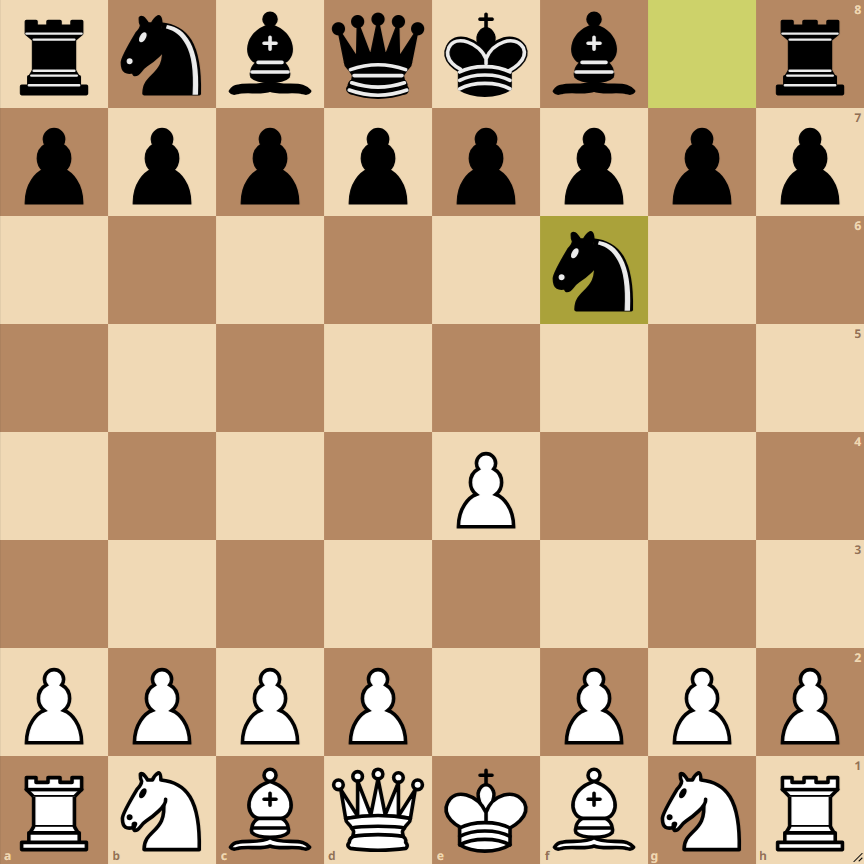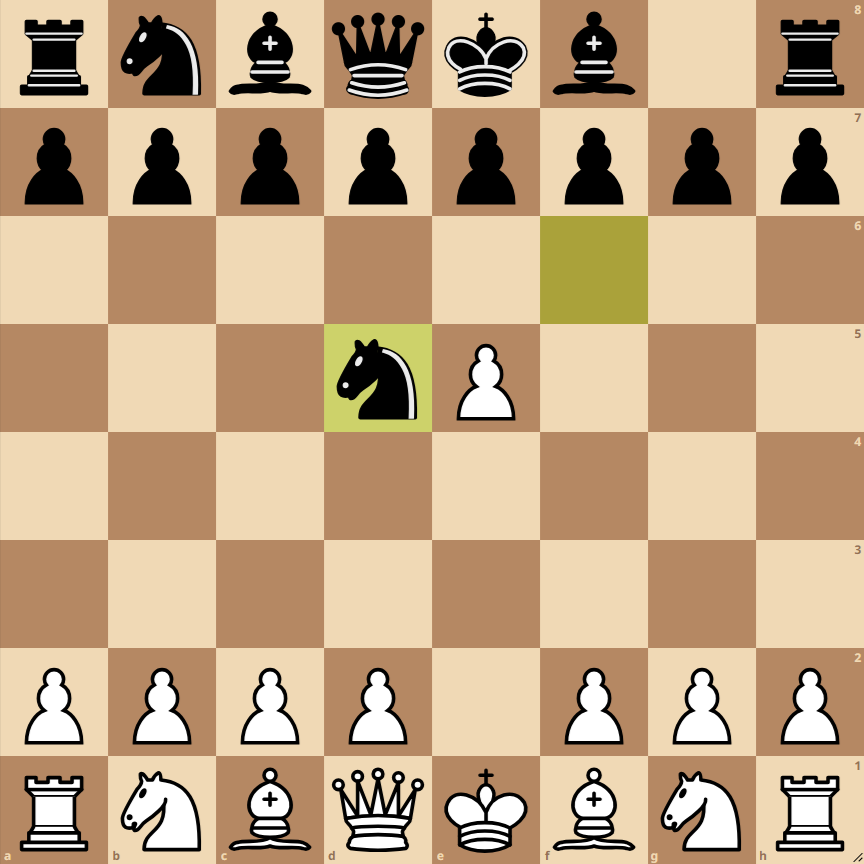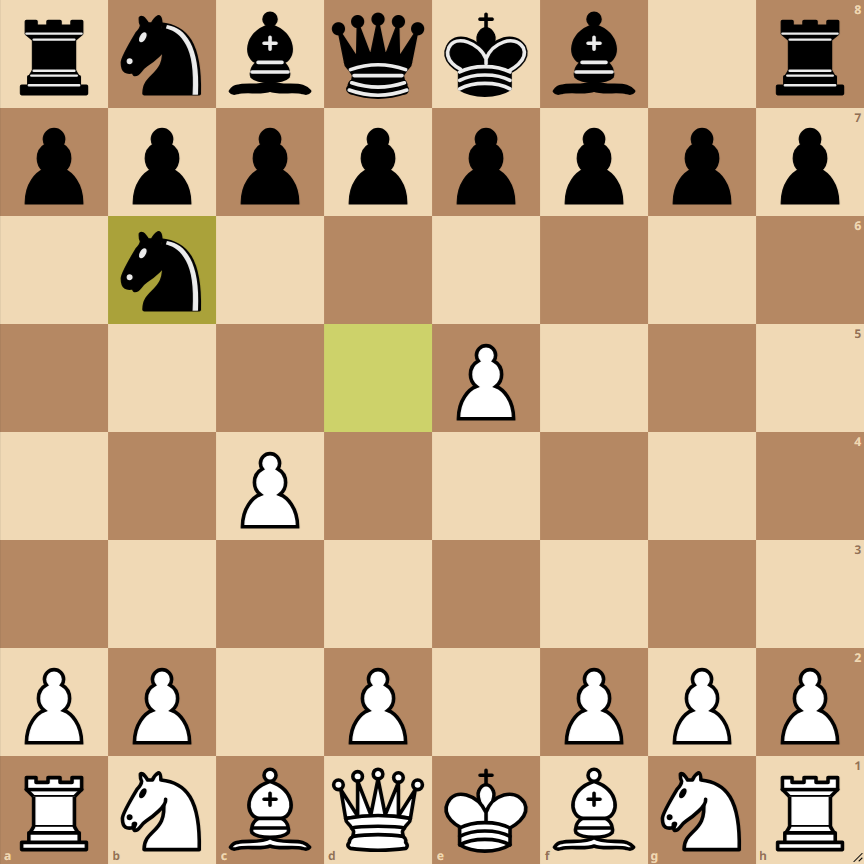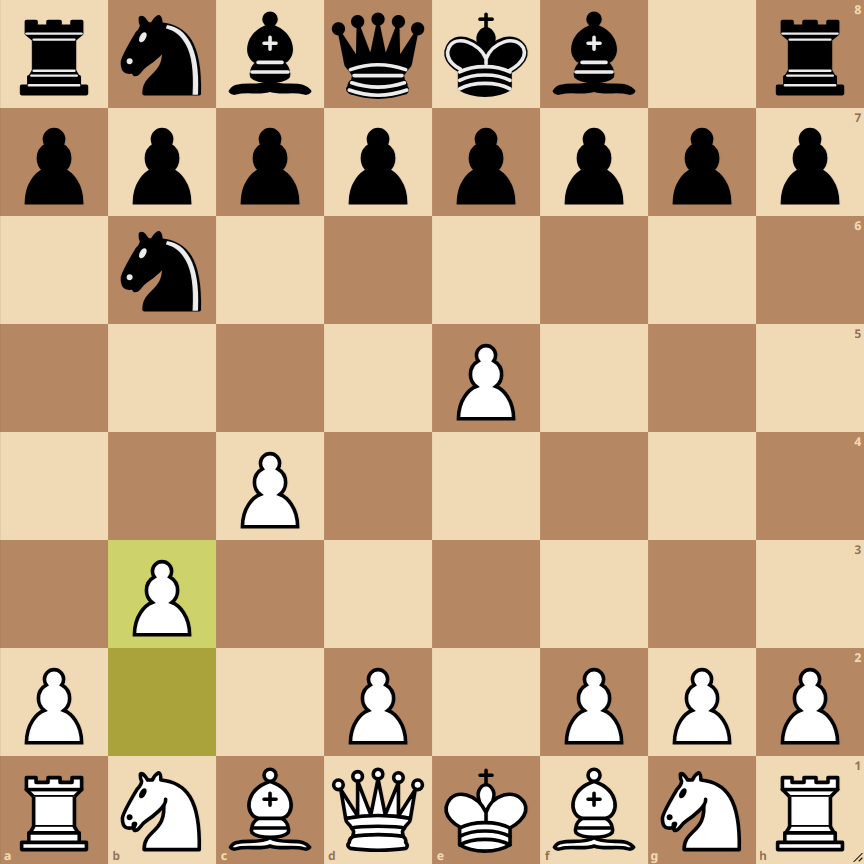How to Play the Alekhine Defense Steiner Variation



- 1. e4: White starts by controlling the center and opening lines for the bishop and queen.
- 1… Nf6: Black responds by attacking the e4 pawn and preparing the development of their pieces.
- 2. e5: White advances the pawn, gaining space and attacking the black knight.
- 2… Nc5: The black knight retreats to a safer position, maintaining pressure in the center.
- 3. c4: White aims to control more central space and limit the options for the black knight.
- 3… Nc6: The black knight relocates, preparing for future maneuvers or defending against a queen-side attack.
- 4. b3: A less common move, with the intention of reinforcing the queen-side and developing the bishop in fianchetto.
Variations of the Alekhine Defense Steiner Variation
Variation 1: 4. d4
Develops a strong pawn center and prepares for the development of minor pieces.
Variation 2: 4. Nf3
Seeks the quick development of the knight, supporting the center, and preparing for castling.
Variation 3: 4. Nc3
Develops another knight, putting pressure on the center and preparing for possible future advances.
Opening: Alekhine Defense, Steiner Variation
Initial Moves:
e4 Nf6 e5 Nc4 Nb6 Nc4
Current Position and Strategies
For White:
- Control of the Center: With e4 and e5, white aims to control the center of the board, a fundamental principle in the opening. The move c4 also targets dominating the center and limiting the options for the black knights.
- Development and Preparation for Castling: Although white has not yet developed their minor pieces (bishop and knight), pawn moves are paving the way for rapid development and a possible short castling.
- Pressure on the Black Knight: The advance e5 puts pressure on the black knight on f6, forcing its movement and gaining time in development.
For Black:
- Counterplay in the Center: The Alekhine Defense allows white to occupy the center and then counterattack. The knight moves aim to put pressure on the white central pawns.
- Flexible Play: The knights on d5 and b6 are well-placed to react to white’s plans. Despite the pressure in the center, black has various tactical options.
- Development and Castling: Black should focus on developing their minor pieces (bishops and other knights) and seek safe castling, possibly on the queenside due to the king’s position and pawn structure.
Next Best Moves
For White:
- d4: Further strengthen control of the center and open lines for bishop and queen development.
- Bb3: Develop the bishop, prepare for castling, and maintain pressure in the center.
For Black:
- d6: Attack the advanced pawn on e5 and start undermining white’s central control.
- d5: Counterattack in the center directly, challenging white’s pawn structure.
- g6: Prepare the fianchetto of the dark-squared bishop, which can help control the center and provide king safety.
Tactical Considerations
- Tension in the Center: Both players must be alert to changes in central tension, as a timely breakthrough can open attack lines or create weaknesses.
- Harmonious Development: It’s crucial for both sides to develop their pieces effectively, avoiding unnecessary pawn moves that may create weaknesses.
In summary, this phase of the Alekhine Defense, Steiner Variation, presents dynamic play with opportunities for both white and black. The key for both players is to maintain a balance between center control, piece development, and preparation for tactical actions.

